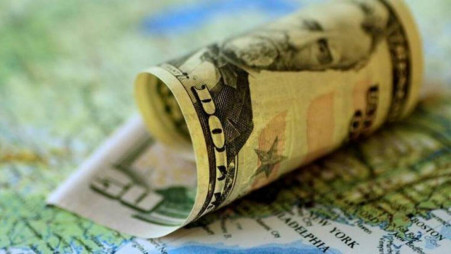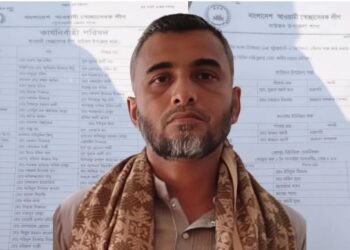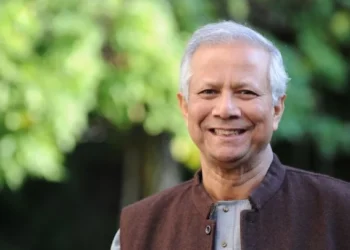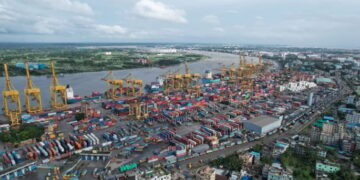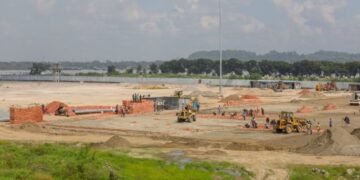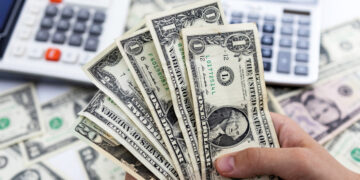Bangladesh has crossed a new milestone in foreign debt repayments, paying over $4 billion in the last fiscal year (FY25) for the first time in its history.
According to a report by the Economic Relations Division (ERD) released on 27 July, the country repaid $4.087 billion in total, including $2.595 billion in loan principal and $1.491 billion in interest. This is a 21.2% rise from the previous year’s repayment of $3.37 billion.
The sharp increase is due to the end of grace periods for many large foreign loans, especially for infrastructure and budget support projects taken over the last decade. Officials warned that pressure will grow even more in the coming years, as more loans like those for the Rooppur nuclear power plant mature.
Economists are concerned about this trend. Dr. M Masrur Reaz of Policy Exchange Bangladesh said that since FY2016-17, the government has taken many large, sometimes unnecessary loans without proper planning.
This has led to inflated project costs and limited returns. He added that Bangladesh’s foreign debt has doubled in seven years, with many new loans having higher interest rates and shorter repayment schedules.
He also noted that during COVID-19 and the Russia-Ukraine war, Bangladesh took several quick budget support loans, many of which are now due.
While repayments rose, foreign loan commitments and disbursements declined. New loan agreements dropped to $8.323 billion from $10.739 billion, and actual disbursements fell to $8.568 billion.
The World Bank was the top lender, committing $2.84 billion, followed by ADB ($2 billion), Japan ($1.89 billion), and AIIB ($561 million). ADB also disbursed the most at $2.52 billion, followed by the World Bank, Japan, and others. Officials linked the slowdown in new loans to the country’s political transition and project disruptions.
Share via:

